Estimated reading time: 4 minutes
Four o’clock in the afternoon in Botswana’s Okavango Delta and a drum is tapping out a heartbeat. But this is no call to war: the drum’s beat is soon replaced by the sound of clinking china. It’s time for high tea.
Today’s safari travellers indulge in the luxurious rituals and opulent decor of Africa in the late 1880s and early 1900s, a pre-digital era of exploration and adventure. It was a time when names such as Livingstone, Selous, Hemingway and Ruark leapt into the public imagination where they remain to this day.
It may seem strange that these long-gone explorers and hunters should continue to exert such an influence. They lend their names to game reserves and safari camps; their stern, moustached portraits stare down from hotel walls, and the rituals of their era – afternoon tea, sunset gin and tonics, and silver service suppers – are still observed.
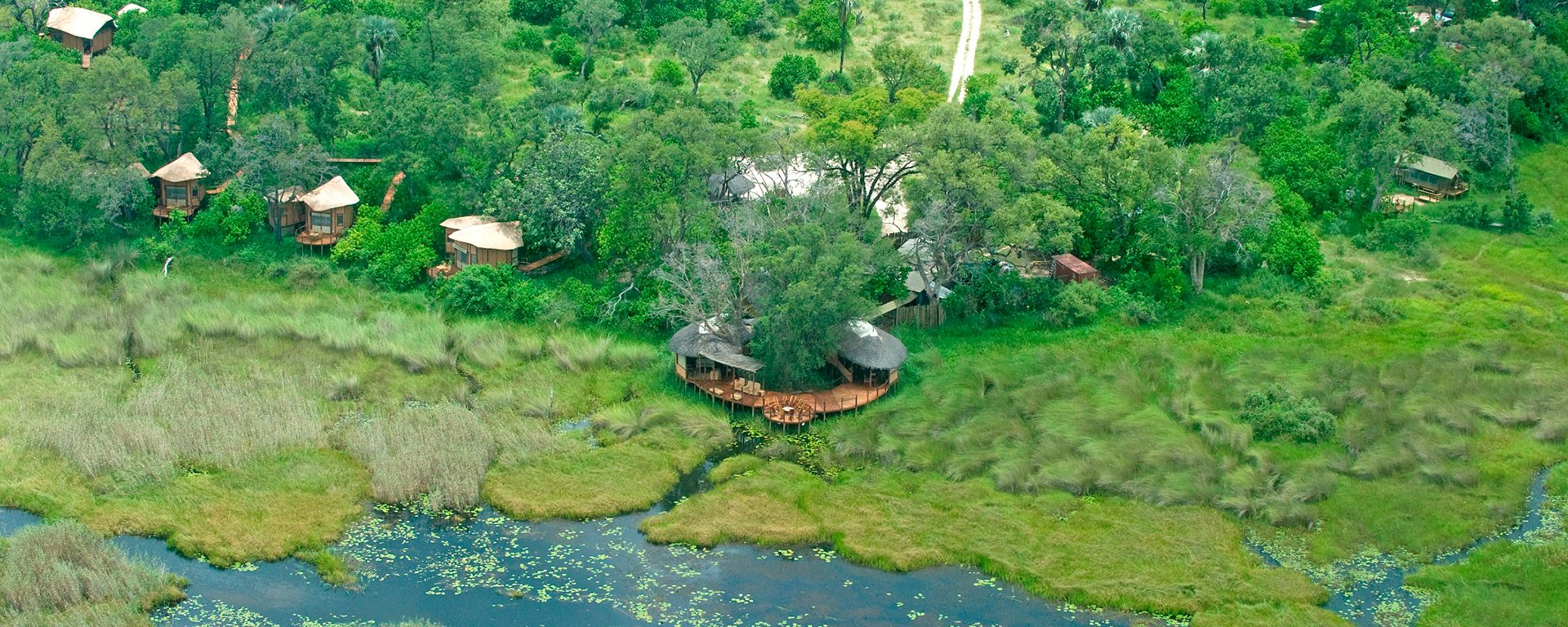
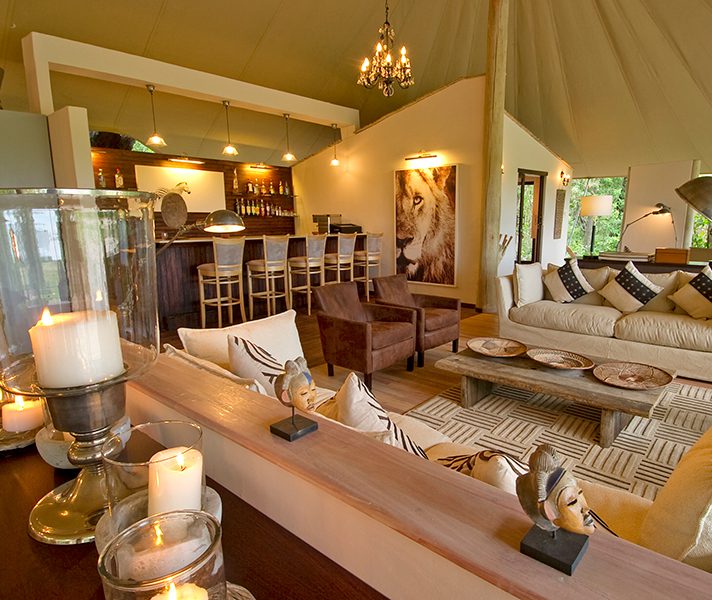
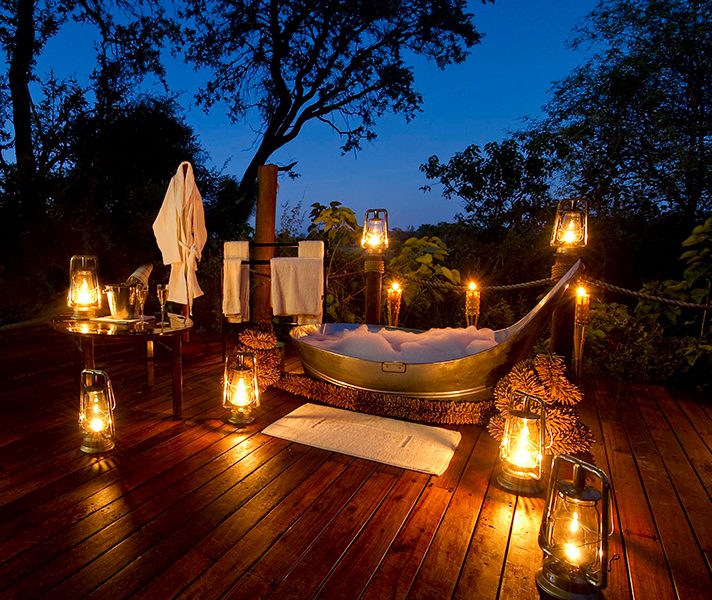
Perhaps, in our modern time-pressed world where nature is trimmed and tamed, it is characters like these who remind us of another age when tooth and claw ruled the outdoors, when afternoons were reserved for siestas, and sunsets were celebrated with tall drinks and taller stories. And it’s not just sundowners and cucumber sandwiches that we modern travellers have to be thankful for: it’s because of these pioneering figures that much of Africa’s natural environment and wildlife was originally conserved.
Out of Africa, into our hearts.
Hollywood’s popularisation of Africa’s most famous love story, as told by Karen Blixen, greatly contributed to the surge in interest in traditional safaris in the 1980s. Woken by the scent of freshly brewed coffee delivered to their door, contemporary safari travellers step out of their opulent tents into a world of silver candelabras and leather armchairs.
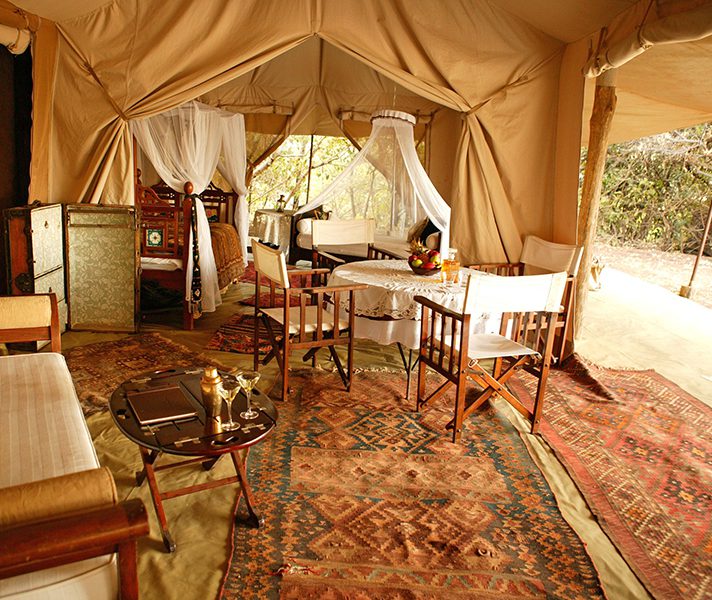
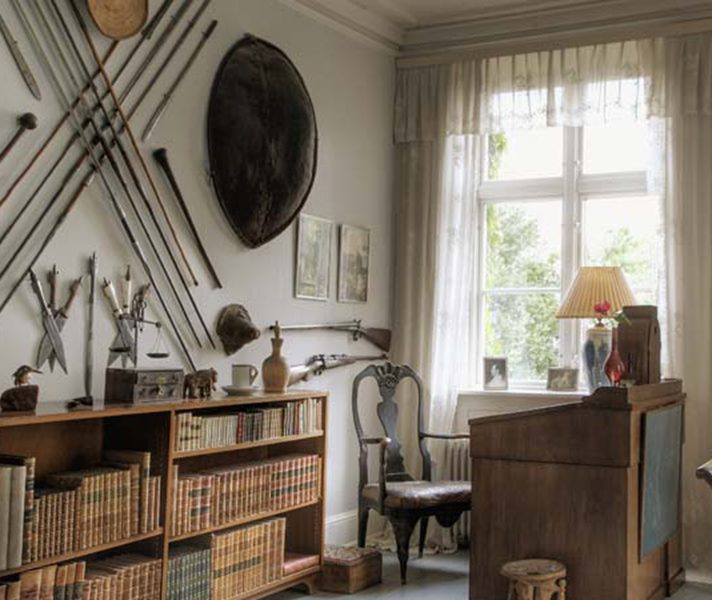
As extravagant – and romantic – as the tented camps are that recreate the ‘Out of Africa’ atmosphere, there’s no question that they are integral to the conservation of Africa’s natural environment. A far cry from the resource-hungry resort hotels of popular national parks, these Hemingway-style camps tend to be set in exclusive-use, game-rich concessions that offer a far superior safari experience to the crowded reserves that they adjoin. Far more eco-friendly than you might think, these camps employ members of the local community and contribute greatly to the area’s welfare – profits are often channeled into education and primary healthcare, no insignificant contribution to a community’s well-being. This inclusive approach secures the community’s active participation in conservation and, therefore, the long-term sustainability of protected wilderness.
The Adamsons – a big cat legacy
For many reasons, conservationists George and Joy Adamson were different to their hunting, drinking, mischief-making contemporaries. Their dedication to Kenya‘s lions is celebrated in print and film, but it’s worth reflecting that their efforts have not gone unrewarded. Each one set on an original Adamson campsite, Joy’s Camp in Shaba National Reserve and Elsa’s Kopje in Meru National Park rank among the best safari camps in the country, ensuring that two of Kenya‘s most off-the-beaten-track reserves are accessible, financially viable and their wildlife, including descendants of the Adamsons’ beloved lions, sustainably protected.
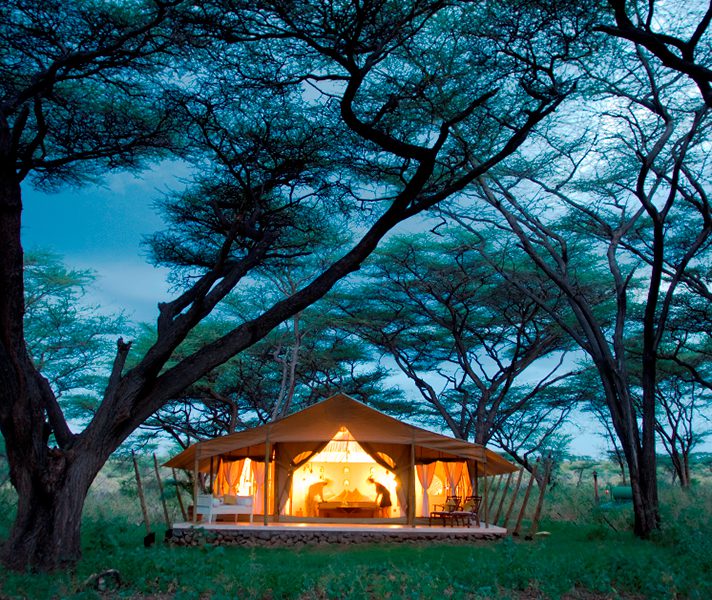
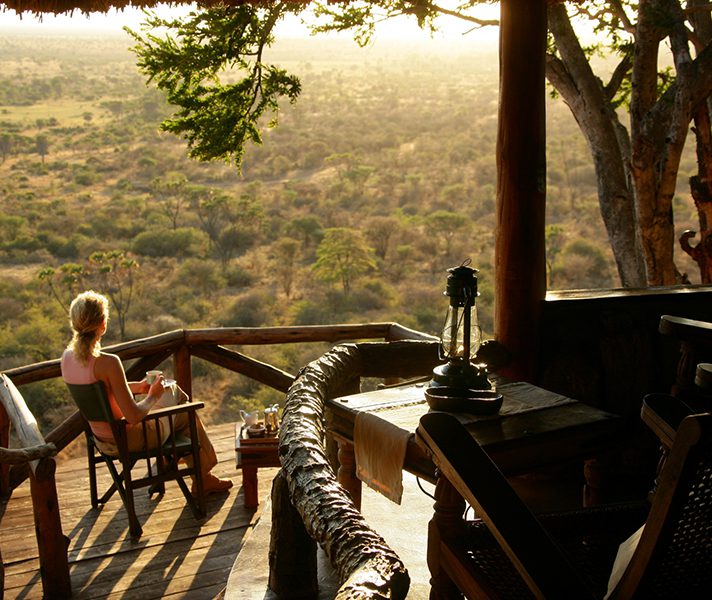
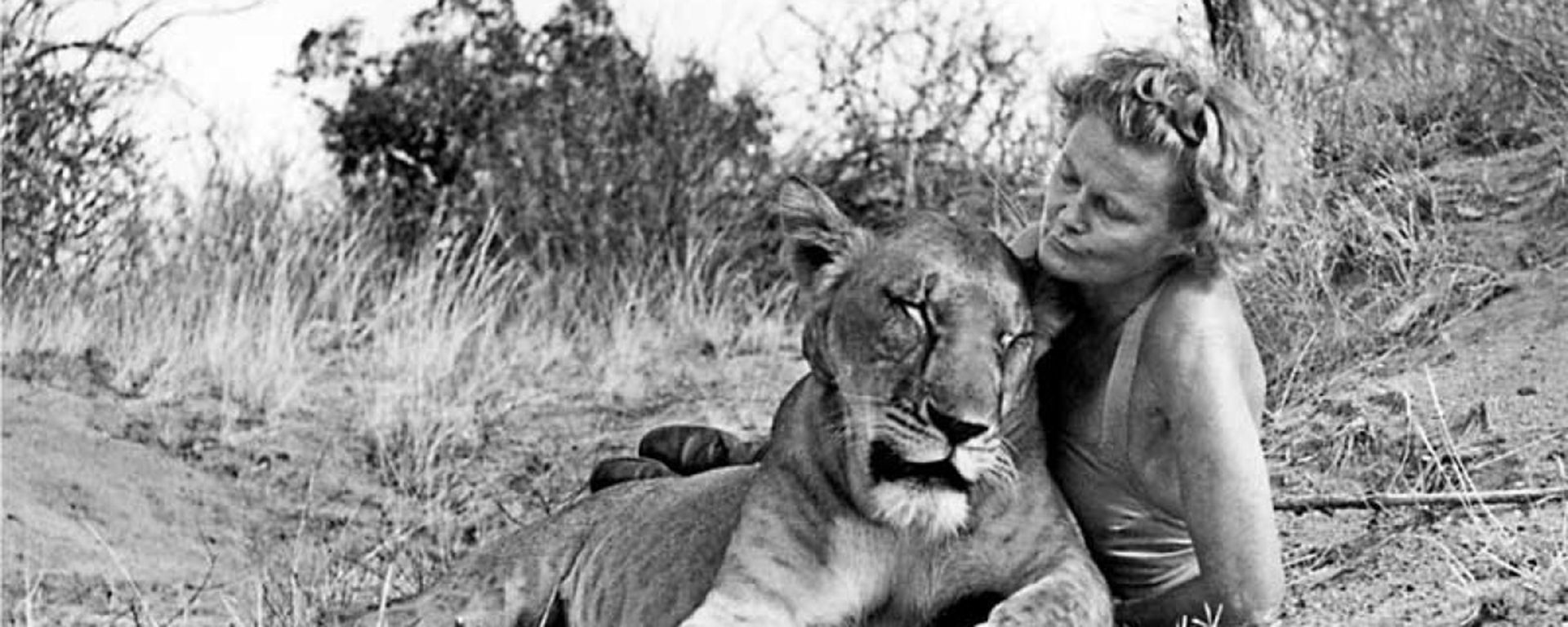
Hunters turned Game Keepers
One of Africa’s most obvious ironies is that several of its most influential conservationists started out as big game hunters. Hunting in Africa in the early days of the safari was pursued on an unprecedented and unrestricted scale. By the mid-20th century, figures such as Norman Carr, John and Dave Varty, and the Rattray family, became horrified by the rapid depletion of Africa’s big game and transformed the tourism industry from shooting with rifles to snapping with cameras.
In partnership with the local community, Zambian-based Carr was responsible for developing the photographic walking safari in the 1950s in the South Luangwa National Park, a concept that was far ahead of its time. This was followed by Zambia‘s first female guide and the country’s first luxury camps – the result is Zambia’s famously rewarding conservation-and-community-based safaris.
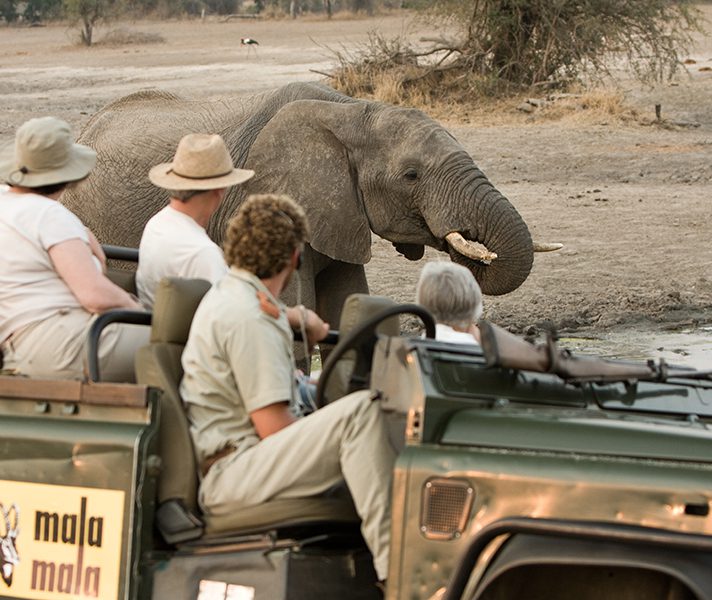
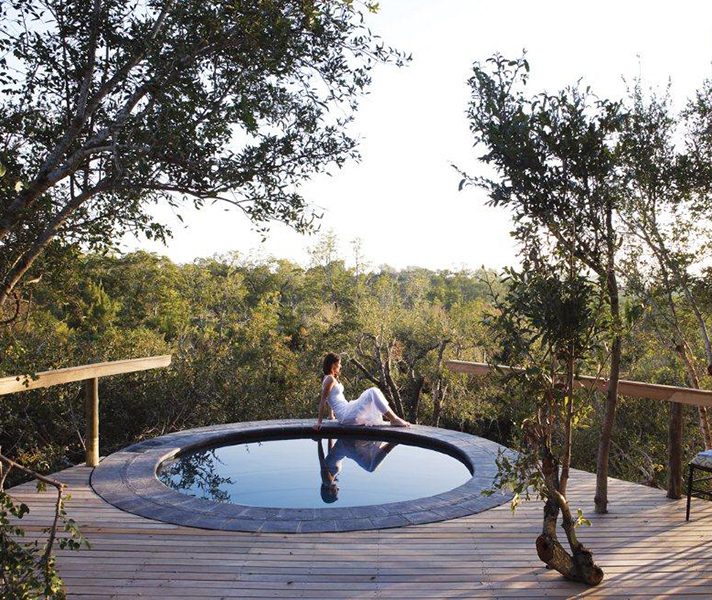
South Africa has people like the Rattray and Varty families to thank for its now legendary game viewing. If you’ve sat in the Kruger’s Mala Mala and Londolozi reserves in awe-struck wonder as a leopard strolls languidly past your 4X4, it’s because these men turned the tide against hunting. Reacting to the rapid depletion of game in the 1960s and 70s, the Rattrays and Vartys turned their hunting concessions and overgrazed farmland into private reserves that now protect some of Africa’s best Big 5 territory.
It is impossible to admire the romance and elegance of African travel circa early 1900s, or to speak of the birth of the safari and the taking root of conservation, without also thinking about the immense suffering visited on ordinary African people at the hands of colonialists. Today, the relationship between affected rural communities and safari lodge operators is one of mutual benefit and collaboration. Today, it is perfectly permissible to indulge in a quintessential English high tea in the midst of untamed Africa, enjoying the sophistication of Hemingway’s era and the rewards of early conservation efforts, in the full satisfaction that a few cents from every travel Dollar helps preserve the wilderness by directly enhancing the lives of affected communities.
Tea, sir? Earl grey, thanks – no sugar.
